PFM excellence needed more than ever in the Volatile, Uncertain, Complex, and Ambiguous (VUCA) world of pandemics, fragility, climate change, the Fourth Industrial Revolution, and cyber risks!
Third post of 3 in a series, PFM takeaways from 2020
- 2020 The Year that PFM Came in from the Cold
- Overwhelming motivation for PFM reform in 2021/2022
- PFM and the Volatile, Uncertain, Complex & Ambiguous World
Do you see public finance accounting as dull, staid, and inflexible?
- Run by back-office bean-counting technocrats? Not so!
The crisis exposed the best and the worst in Public Financial Management (PFM):
- agility and quality of budget reallocations to support citizens, enabled by timely, unified, and reliable information
- pandemic revenue, salaries, procurement tenders, purchase orders , goods received, inventory, fixed assets
- or: poor decisions because of untimely multiple versions of the truth
- In other words, near real-time tracking of spending from allocation to results using feedback loops and analytics
Background: VUCA doesn’t mean completely unpredictable
- The pandemic was not a black swan event: pandemics (etc). were predicted by the World Economic Forum 2020 Global Risks Report
- With more rather than fewer government fiscal shocks expected in the future, according to the recently released World Economic Forum 2021 Global Risks Report: “Despite the inescapable fallout from COVID-19, it is climate-related matters that make up the bulk of this year’s risk list, which the report describes as ‘an existential threat to humanity.’ Despite a drop in carbon emissions caused by lockdowns and disruption to international trade and travel, there are concerns that as economies start to recover, emissions will soar.”

“Global uncertainty reached unprecedented levels at the beginning of the COVID-19 outbreak and remains elevated. The World Uncertainty Index—a quarterly measure of global economic and policy uncertainty covering 143 countries—shows that although uncertainty has come down by about 60 percent from the peak observed at the onset of the COVID-19 pandemic in the first quarter of 2020, it remains about 50 percent above its historical average during the 1996–2010 period.”
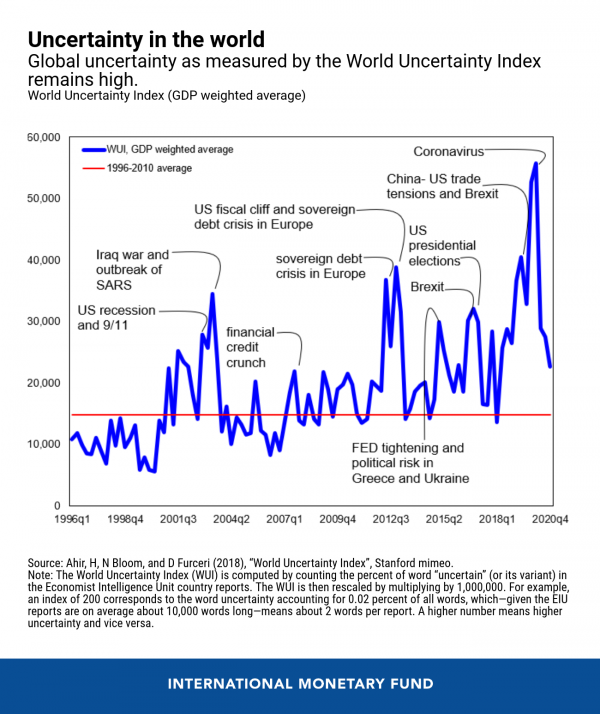
Mind you, it hasn’t stopped respectable organizations from claiming that the pandemic is a “black swan” event even though many countries had pandemic response committees.
How does PFM help?
It all hinges on boring Charts of Accounts and financial metadata – otherwise government financial systems add to the uncertainty – especially the use of program budgeting to align spending with objectives
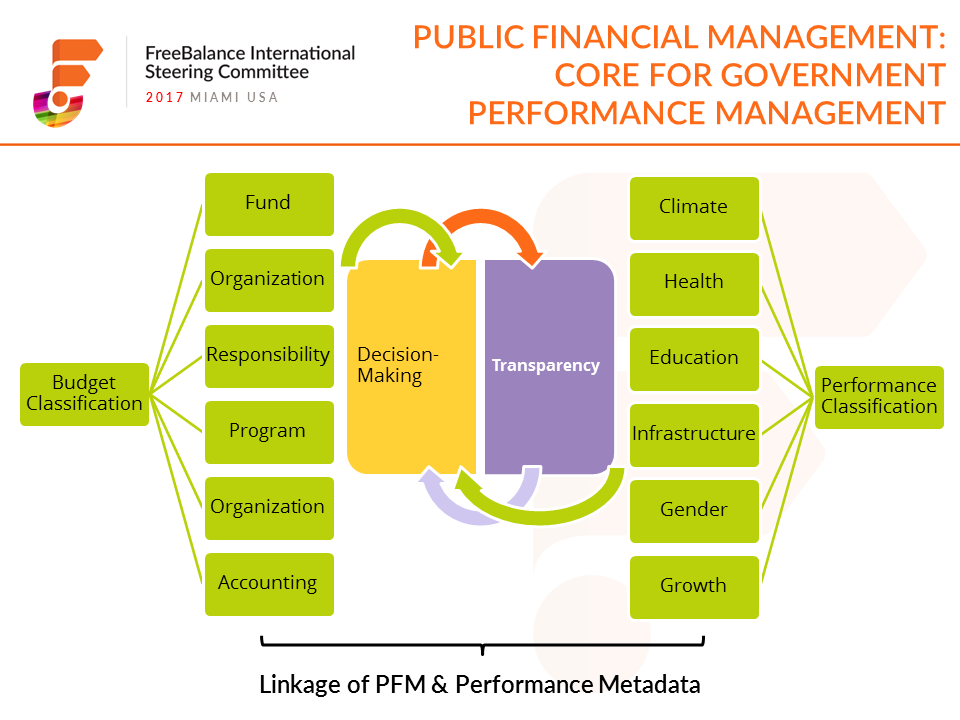
In the long-run “Policy 4.0 approaches that integrate country context, technology effects, and coordination techniques” integral with this boring metadata reduces information noise
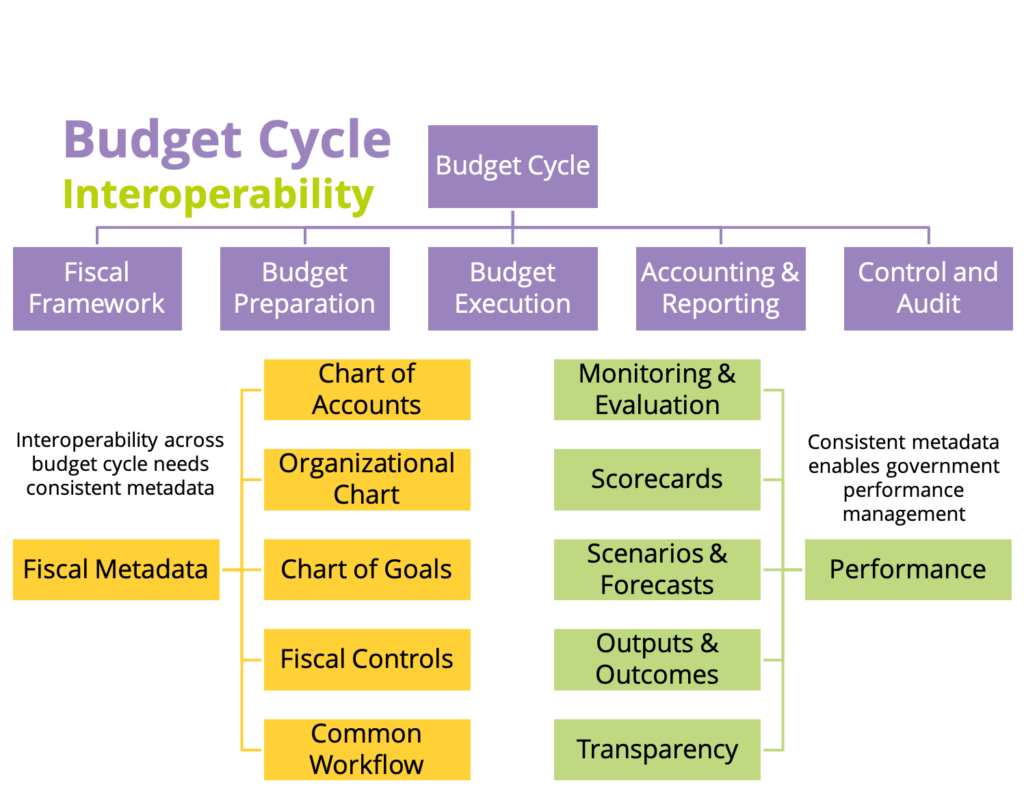
“Logical linkages between outcome and output goals with budget classifications to track effectiveness of allocations (what we call: integrating the Chart of Accounts with the Chart of Goals)” is the approach that links fiscal with service delivery impacts
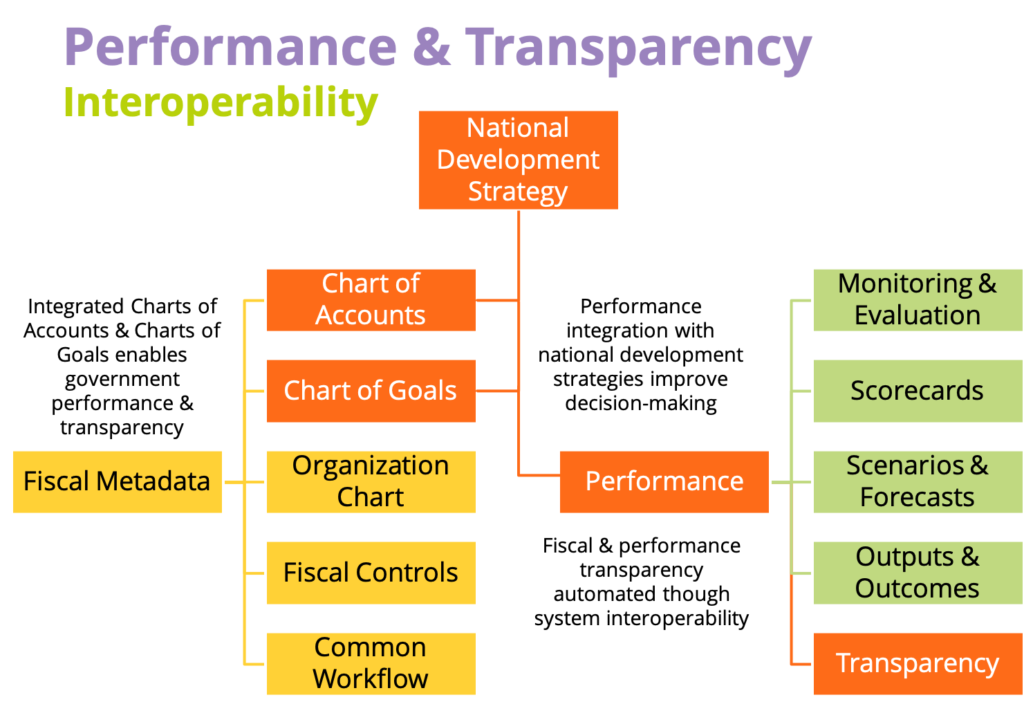
In other words, the government challenge is to anticipate VUCA possibilities with limited predictability of what policy interventions will succeed. This is what agile governance and agile PFM is all about!
- Build scenarios for potential risks
- Identify early warning signs by tracking spending and revenue changes
- Attempt policy interventions and test for results and impact to public finances
- Learn, adapt, iterate
- Take lessons learned to improve scenario effectiveness in coming years
An alternative view is that government intervention should be sector-specific: have the health, military, environmental, commerce, and digital ministries deal with the problem
- Consider the need to finance any sector, and the interconnections between sector
- That’s why the modern finance ministry identifies the implications for policy across government – builds scenarios – tracks spending impact during crises – becomes predictive
That’s what Public Financial Management resilience is all about
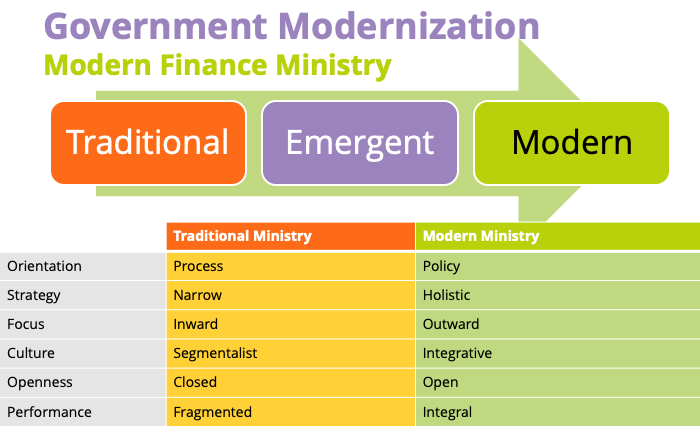
Can FreeBalance help?
We have a set of advisory services for:
- Chart of Accounts, Chart of Goals, program and performance structure
- Effective budget planning and scenario planning
- Government strategy alignment and support for international standards
let us know at info@freebalance.com if you would like to know more
What’s happening public finance is an increasing focus on government resilience. In particular:
- Health and PFM to improve outcomes (a form of social investment management)
- Gender and PFM to reduce inequality (another form of social public investment management)
- Environment and PFM to fund climate adaptation (infrastructure public investment management)
In other words: medium and long-term public investments for sustainable and equitability growth with resilience to the VUCA world built in
What’s really needed is coordination for PFM resilience with important budget management concepts:
- Program budgeting so that government entities work together and share outcomes
- Medium-term frameworks, rather than an annual budget ceremony, because results take time
- Zero-based budgeting concepts to eliminate poor programs
Remember: public financial management differs from private sector accounting in that budgets are the law, and budget reallocations require political approval – major reallocations and supplemental budgets usually require legislative and executive approval, so finance ministries need important analytical skills
On the other hand: short-term efforts measured in hours to weeks, also enable resilience. These problem-driven agile approaches leverage experimentation. That’s not a contradiction: there are well-understood “complicated” policy interventions that require technical expertise
- And, there’s VUCA: not well-understood where solutions are often country specific (that’s the real benefit of Problem-Driven Iterative Adaptation for country development)
This idea of combining medium-term well-understood with short-term experimentation is not unusual. It’s known as “bimodal” in the information technology space: controlled management of legacy technology, agile management for digital transformation.
The bottom line: agile PFM through experimentation saves money, encourages learning, enables finding solutions quickly
Where can governments start on the path to PFM resilience? Governments have differing levels of PFM capability and maturity. (One approach is to hire FreeBalance to help, leveraging our country-context toolset.) The general approach is:
- Leverage the crisis to encourage reform across three time horizons
- Build fiscal scenarios based on the most likely risks
- Integrate underlying information systems effectively
- Adopt program budgeting structures and work to build medium-term perspectives in ministerial planning
- Modernize finance ministries by decentralizing the routine while building policy analytical capabilities
Deeper Dive: How does scenario planning integrate with Public Financial Management?
2020 lesson learned: fiscal preparation works
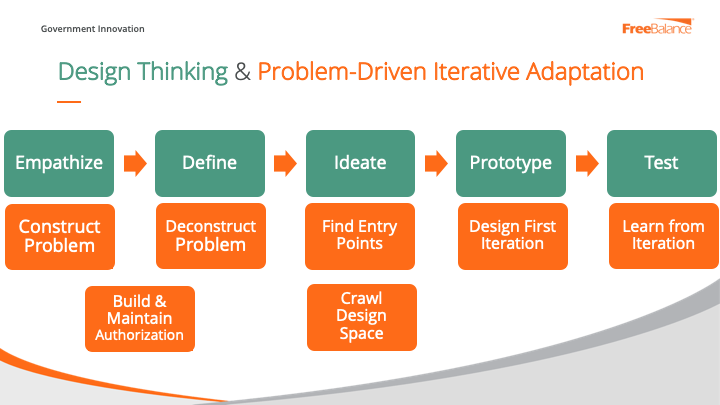
Scenarios and “what-if ” analysis should be integral to government budget planning, (Some governments avoid scenario planning while others model scenarios outside of financial systems resulting in inaccuracies reflecting actual numbers and numbers that have changed over time).
The general approach is:
- Macroeconomic analysis to predict revenue mobilization and develop a fiscal envelope (and could inform cost assumptions)
- Historical information to build cost assumptions or cost drivers for commodity, operating, and capital budgets
- Government policy and priorities informed by historical information that combines with the fiscal envelope for spending priorities
- Program structures typically built from policy priorities and well-known categories like the Sustainable Development Goals to categorize government results
- Risk analysis that drives numerous scenarios, using the impact of risk on cost assumptions, resulting in revision of some cost assumptions, the development of contingency budgets, contingency plans, and risk monitoring
- Government budget with commitment controls is formulated for the fiscal year with risk monitoring
- Realized risks are discovered, scenarios updated based on actual figures for revised forecasting, resulting in reallocations that reflect government priorities (in program segments) and changes to priorities
- Government results are analyzed during the fiscal year to inform budget formulation
Deeper Dive: What is Agile Public Financial Management?
2020 lesson learned: need for more agile PFM response to emergencies
Agile PFM is the use of fiscal and governance data to make rapid spending and reprioritization decisions:
- Implement “data-driven solutions” including scenario planning, dashboards, and alerts to improve decision-making including integrating critical underlying financial management information systems
- Integrate pandemic information with PFM “managing supply chain and medical resources, and ensuring timely updates on the crisis.”
- Leverage program budgeting to track allocations and spending for emergencies
- Improve the “speed at which policies are adapted, the impact monitored” enabled by timely PFM information
- Build internal communications using agile tools for effective coordination
- Build transparent public communications through portals, press briefings, and social media to encourage “continued public participation at all levels of decision-making – policy, programs, and practice”
Deeper dive: What is the impact of Public Financial Management for national health and wellbeing?
2020 lesson learned: many connected health issues in the pandemic beyond direct Covid-19 spending
Effective PFM improves health allocation effectiveness during crises like the Covid-19 pandemic, while integrating performance outcomes with spending at all times:
- Build budget linkages to health objectives to overcome “sub-optimal reform efforts” aided by program budgeting
- Integrate outputs and outcomes into budgets with the “detail necessary to show public spending improves the delivery of critical services, including health care services central to resolve this pandemic”
- Balance fiscal controls and efficient procurement: “At a broad level there is consensus that PFM systems can facilitate improved health outcomes if they are configured with the right balance of control and flexibility required for the health sectorLeverage fiscal information and performance outputs to “promote dialogue between Ministries of Finance and Ministries of Health and other stakeholders” even when analytical information is not completely precise and timely
- Coordinate with the private sector to “expand the options available for health service delivery: facilitated by more flexible public financial management rules combined with increased capacity to design, negotiate, and monitor contractual agreements” through integrating back-office reallocations, controls, and contract management with front-office e-procurement system
- Recognition that “a fiscal response to the pandemic requires shielding a country’s overall health system, rather than just caring for Covid-19 patients”
Deeper drive: What is the value of gender budgeting for health and emergency response?
2020 lesson learned: emergencies disproportionately affect women and disadvantaged groups
Special gender budgets improve the national resilience to emergencies like the pandemic:
- Increased education of girls improves health understanding and incomes, that why there are “more than 80 countries have undertaken some form of gender responsive budgeting”
- PFM system design need “to consider beneficiaries’ differing needs and delivering on those to ensure distributive equity; as well as evaluating and scrutinizing those policies to confirm they achieved the attended objectives”
- https://blog-pfm.imf.org/pfmblog/2020/02/pfm-opportunities-men-women.html
